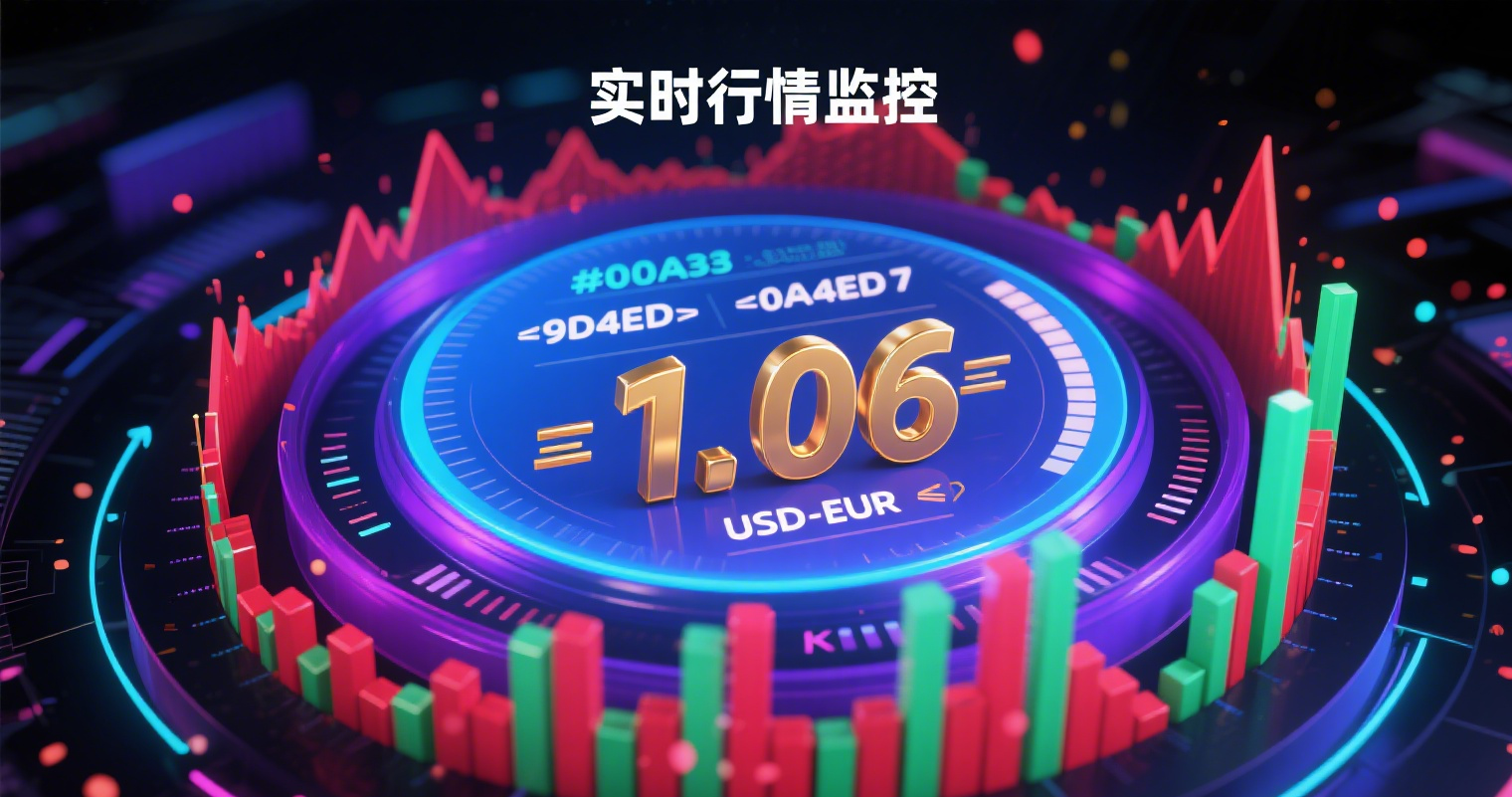
A-share listed companies form the foundation of the national economy and, to some extent, reflect the trajectory of China's economic development. The A50 index selects 50 core asset stocks from the A-share market, representing the leading forces of China's industries. It serves as a crucial tool for tracking the main trends of the A-share equity market and gauging the pulse of China's economic growth.
At the beginning of this year, CSI Index Company launched the A50 index, dubbed China's version of the "Nifty 50." The emphasis on "China's version" stems from the fact that MSCI, a globally renowned index provider, had earlier introduced the MSCI China A50 Connect Index. Since February, with the hot issuance and listing of products like the E Fund CSI A50 ETF (563080), the debate over the A50 indices has once again become a hot topic.
So, what are the differences between these two A50 indices? What are their respective characteristics? Let’s break it down to clarify the similarities and differences.
Root of the Differences: Index Methodology
The main differences in the methodology of the two A50 indices can be summarized as follows:
In terms of stock selection, the CSI A50 Index uses the CSI All Share Index as its selection universe, picking the 50 stocks with the largest average daily free-float market capitalization over the past year across CSI’s third-tier industries. On the other hand, the MSCI China A50 Connect Index uses the MSCI China A Index as its selection universe. It first selects the two stocks with the largest free-float market capitalization in each of the 11 GICS sectors from the parent index, then picks the remaining 28 stocks with the highest free-float market capitalization from the remaining pool.
Regarding weighting, the CSI A50 Index uses adjusted free-float market capitalization weighting without sector neutrality adjustments. In contrast, the MSCI China A50 Connect Index employs a sector-neutral approach, ensuring that the weightings of GICS sectors align with the parent index. After selecting constituents, it allocates weights within each sector based on free-float market capitalization.
Additionally, the CSI A50 Index incorporates ESG screening rules during stock selection, excluding companies with a CSI ESG rating of C or below.
These methodological differences directly lead to variations in sector distribution and weighting between the two A50 indices, resulting in divergent performance under different market conditions.
Most Visible Difference: Sector Distribution
Sector distribution is the most apparent distinction between the two A50 indices. Since the CSI A50 Index constituents are all the top players in their respective CSI third-tier industries, its sector distribution is more comprehensive and balanced compared to the MSCI China A50 Connect Index.
As of March 15, 2024, the CSI A50 Index constituents span 27 Shenwan primary industries, while the MSCI China A50 Connect Index covers 20 Shenwan primary industries, excluding sectors such as household appliances, machinery, and building materials covered by the former.
In terms of sector weightings, using Shenwan primary industries as an example, the top four sectors of the CSI A50 Index as of March 15 are food & beverage, non-bank financials, pharmaceuticals, and power equipment. For the MSCI China A50 Index, the top four are food & beverage, banking, power equipment, and electronics.
Comparatively, the CSI A50 Index has higher allocations to household appliances, machinery, non-bank financials, pharmaceuticals, and computers, while the MSCI China A50 Connect Index is overweight in banking, electronics, power equipment, and transportation. In their shared top sector, food & beverage, the MSCI China A50 Connect Index has a higher allocation.
It’s worth noting that because the MSCI China A50 Connect Index adopts a sector-neutral approach, if a constituent’s market cap growth significantly outpaces its sector average, its weighting may be reduced, and vice versa. The CSI A50 Index does not follow this rule.
Another Dimension: Top 10 Constituents
In terms of constituents, the combined weighting of the top 10 stocks in both A50 indices is around 48%, and both include five leading stocks: Kweichow Moutai, China Merchants Bank, CATL, China Yangtze Power, and Zijin Mining. However, CATL and Zijin Mining have higher weightings in the MSCI China A50 Connect Index, while Kweichow Moutai, China Merchants Bank, and China Yangtze Power have higher weightings in the CSI A50 Index.
Additionally, the top 10 constituents of the two indices include five different stocks. The CSI A50 Index includes Ping An Insurance and CITIC Securities, two non-bank financial stocks, offering more diversity in financial subsectors. It also includes Midea Group, Hengrui Pharmaceuticals, and Yili Group, mainly focused on consumer and pharmaceutical sectors.
The MSCI China A50 Index’s other five constituents are Foxconn Industrial Internet, Wanhua Chemical, Luxshare Precision, BYD, and LONGi Green Energy, primarily in electronics, chemicals, and new energy sectors.
Outcome of the Differences: Performance
The differences in sector distribution and weighting inevitably lead to divergent performance between the two indices under varying market conditions.
Historically, during the pro-cyclical rallies of 2017 and 2019, the CSI A50 Index outperformed due to its overweight positions in household appliances, machinery, building materials, and non-bank financials, which are highly pro-cyclical. Conversely, during the 2020 bull market led by the new energy sector, the MSCI China A50 Connect Index, overweight in power equipment and electronics, performed better.
Furthermore, although both A50 indices require constituents to meet Stock Connect eligibility criteria, the CSI A50 Index has a higher proportion of foreign ownership compared to the MSCI China A50 Connect Index. This means that periodic large inflows or outflows of foreign capital have a relatively greater impact on the CSI A50 Index’s performance.
















